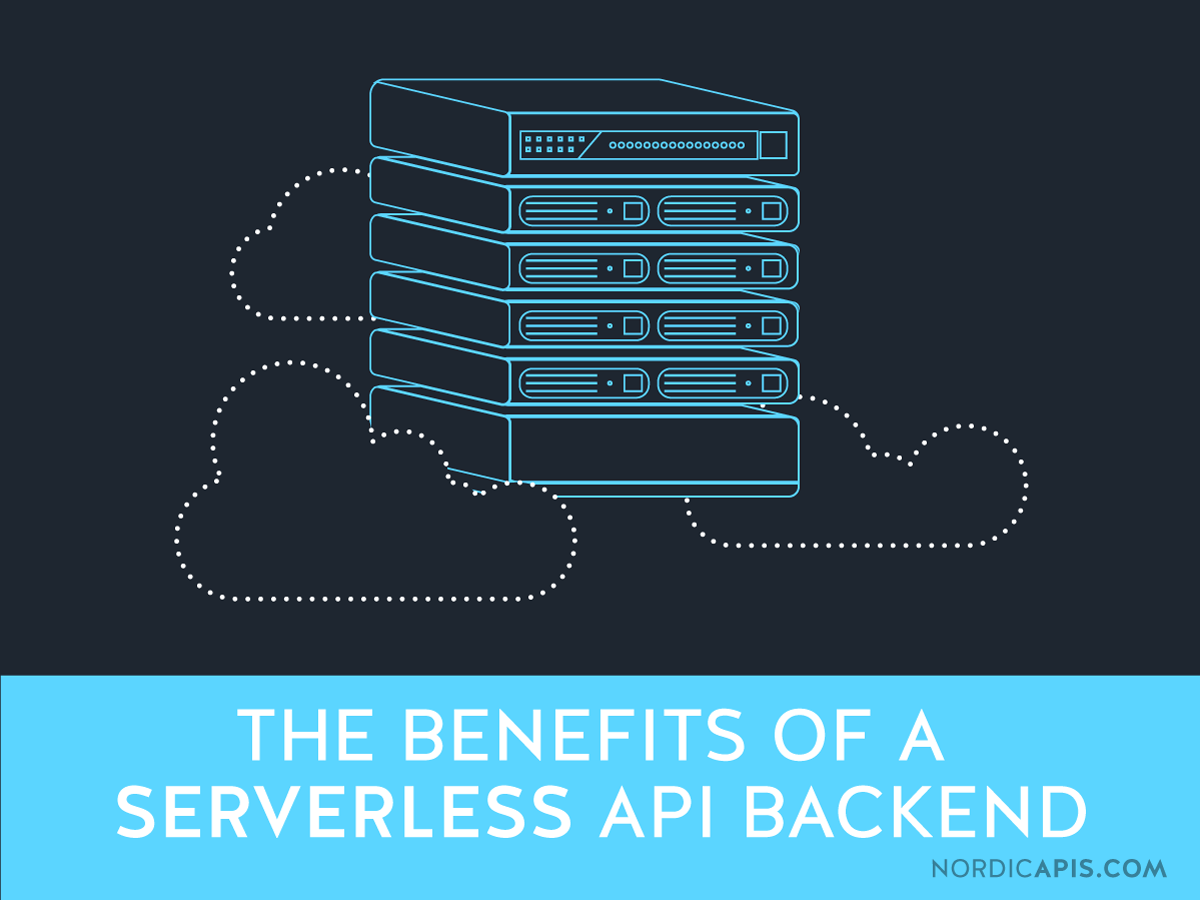You can’t pick a technical direction without considering the business implications. Mat Ellis, Founder/CEO of Cloudability, in a recent CloudCast episode, makes the business case for Serverless. The argument goes something like: Enterprises know they can’t run services cheaper than Amazon. Even if the cost is 2x the extra agility of the cloud is often worth the multiple. So enterprises are moving to the cloud. Moving to the cloud is a move to services. How do you build services now? Using Serverless. With services businesses use a familiar cost per unit billing model, they can think of paying for services as a cost per database query, cost per terabyte of data, and so on. Since employees are no longer managing[…]
Category: Opinion
Key Takeaways Serverless compute, or Functions-as-a-Service (FaaS), will be transformational in our industry – organizations that embrace it will have a competitive advantage because of the cost, labor and time-to-market advantages it brings Many Serverless applications will combine FaaS functions with significant use of other vendor-provided services that provide pre-managed functionality and state management Tooling will significantly improve, especially in the area of deployment and configuration Patterns of good Serverless architecture will emerge – it’s too soon to know what they are now Organizations will need to embrace the ideas of ‘true’ DevOps and autonomous, self-sufficient, product teams to reap the full time-to-market benefits that Serverless can offer Source: The Future of Serverless Compute
Open alternatives to AWS’s serverless computing framework are emerging from vendors like Platform9, which sees lock-in as a major problem. Source: Will Lock-In Fears Scare Clients Away from AWS Lambda Serverless Computing? | Technologies content from MSPmentor
For a couple of decades, we’ve known about SaaS (Software as a Service.) And more recently companies like Rackspace.com have driven PaaS (Platform as a Service.) (There is also BaaS…) The cloud beckons to businesses, trying to reduce and secure enterprise architectures. So what’s new in all of that? Enter FaaS – which is “Function as a Service.” Since 2012 or so, Amazon Web Services has been leading the way, Google Hosted Services is catching up. And Microsoft is pushing Azure aggressively. Source: FaaS – Getting Used to the Cloud Enterprise – Web Presence Consulting
Note: I am rebranding Serverless as Server-less in a brilliant thought leadership move :). You do the same if you want to be seen as cool etc… I remain a proponent of server-less and believe that it is a big change in how applications will get built. Server-less offers business and technical benefits. Its ideally suited for new workloads. Ignore the vendor lock-in concerns if you want to innovate. Lets review some of the benefits of server-less: – Frees up app developers from infrastructure concerns – App developers focus on business logic, less need for rockstar /ninja/fullstack engineers — Business pays for exactly what they consume – Business spend is proportional to business growth – Get away from instance based pricing,[…]
Imagine you are interviewing some guy for an IT role and she says that he doesn’t get that of “going to the cloud because everybody knows there are no datacenters in the sky”. Everybody knows that cloud in cloud computing is just a name. However, it’s surprising how many people have a similar idea. You chat with someone in IT about “serverless” and she says something like “Serverless doesn’t make any sense. Code has to run on a server”. I understand technology changes a lot. Sometimes names are not very transparent. And we cannot chase the latest buzzword. Many companies/organisations were still dealing with virtualisation when the cloud came. Then without pause, containers seemed to be the hottest thing. Source:[…]
Imagine if your backend had no infrastructure. No permanent server, nowhere for your API to call home. Sounds a bit bleak, doesn’t it? As it turns out, serverless backends could be the next big thing for implementing truly scalable cloud architecture. How do you make an Application Programming Interface lightweight on the client side, yet scalable to heightened traffic demands? Source: The Benefits of a Serverless API Backend | Nordic APIs |






